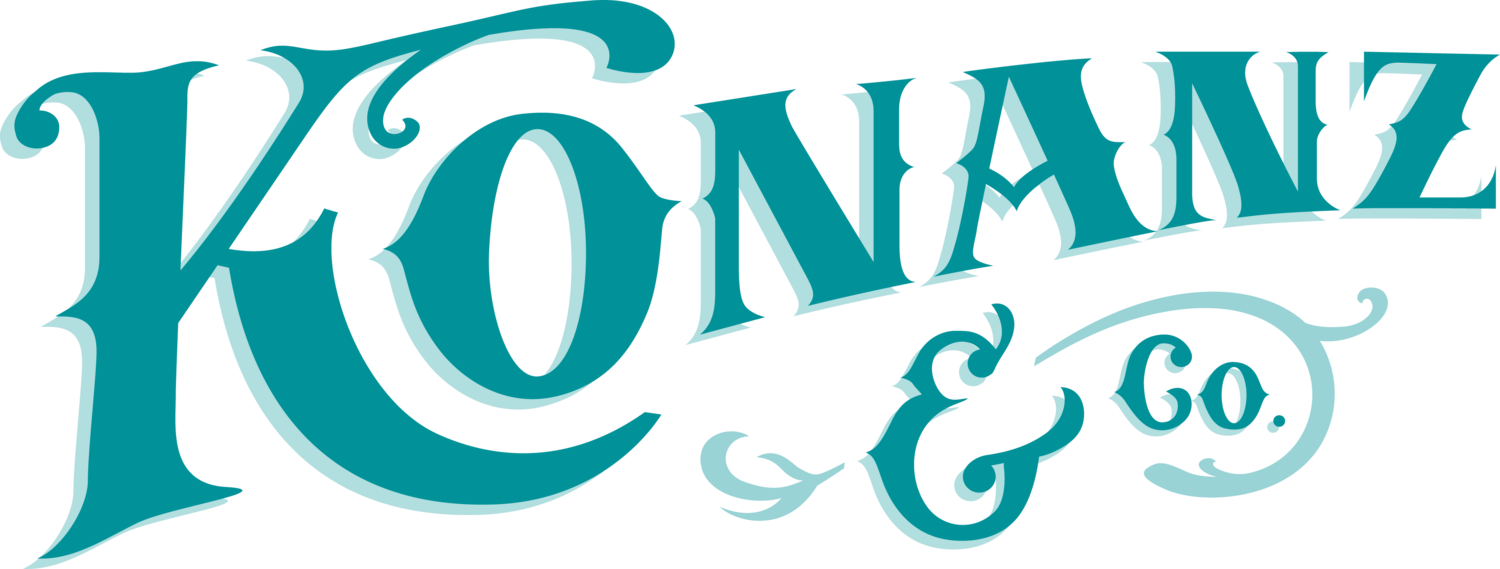There are a ton of resources for graphic designers to pick from these days. However if you're designing a period specific piece that you'd like to have painted, here are some fantastic resources for you to check out. Even if it's not a specifically dated piece, these typefaces are still great, with fantastic forms that depending on how you use them (like with everything) can end up looking quite modern.
Before we get to the good stuff, here's a short list of why you might want to pick from a pool of traditionally inspired typefaces:
1. Authenticity
If you're trying to hit a specific era with your design, research that period and then select typefaces commonly used during that time. If your sign is "inspired" by that period, these newly developed fonts might be a fine choice - but if it's a "heritage" piece that needs to be bang-on accurate, you're better off re-drawing the letters directly off old lettering manuals and type catalogues of that era. Archived photographs of signage used on old storefront buildings is another great resource in this case. And if you feel in over your head, I have a personal library filled with rare lettering manuals and catalogues that can do the trick.
2. Ease of Execution
Believe it or not, Helvetica wasn't designed for a paintbrush. Surprise - I know. It's subtle shifts between thick and thins make it a nightmare to paint. Choosing a font with consistent widths and easy proportions will not only make your painted sign look more authentic, but easier to execute. Making my job easier is secondary to the fact that it results in more natural, fluid brushstrokes and a better looking sign in the end.
2. Readability
With most fonts now being designed to be read on a screen, they don't always read well on a sign. They are designed for a short viewing distance and when scaled up for your storefront signage, all of a sudden thin strokes become too thin, and overall spacing and proportions make the words hard to read. Signs need to be read quickly - so legibility is a must. Consider if your sign is a decorative piece - in which case ornamental is alright - or is it to be read from far away while driving a car from the side of the road. Imitate the distance by scaling your typeface down and see if it's still easily readable.
3. Ease of Use for Other Pieces
The following resources contain fonts and design elements that are vectorized for quick and easy placement in your layouts. The upside is that they're quick and fast to lay out, scalable, and easily repeatable for use in your other designed pieces like websites and collateral pieces.
Always remember though - if it ain't working on the screen, draw it out! I've spent hours pulling on vector handles, trying to get vectorized letters to do exactly what I want and have them curve just so, when it would have been faster just to draw it out with good ol' paper and pencil. Nevertheless, these fonts can be quick and easy - depending on how you're going to use them.
Enjoy!





